(Naples 1615 - 1673 Rome)
Saint Francis of Assisi in Ecstasy
Pen and brown ink, brown wash over black chalk
7 x 5 cm
Bears the stamps of collections on the mount: lower left Giuseppe Vallardi (L. 1223); lower right Marie Marignane (L.1848) and lower Hubert Georges François Marignane (L. 5120).
Provenance:
Collection Giuseppe Vallardi (1784-1863);
Collection Marie Marignane, wife of Jacques Patissou;
Collection Hubert Georges François Marignane (1921-2002);
Private collection, France.
Salvator Rosa was a highly individualistic and unconventional figure in the Baroque era. His drawings, like his paintings, display a unique energy and a rebellious spirit that set him apart from many of his contemporaries.
This drawing, with its lively brushwork and dynamic composition, exhibits qualities that are in keeping with the Italian Baroque tradition. Previously given to Van Dyck, this sheet shows a real proximity in style, technique, and theme to the works of Salvator Rosa; let’s consider some key points.
The scene appears here to be dramatic, with figures arranged in a dynamic diagonal movement, which was common in Baroque compositions. Rosa, known for his dramatic and often fantastical subjects, frequently portrayed religious scenes with a sense of tension and movement. If you look at Rosa’s drawings and etchings, especially those done with pen and ink, they often convey a sense of restless energy, and his lines could be free-flowing, similar to what is seen here.
Rosa's drawings often feature dramatic, diagonally structured compositions, which create a strong sense of movement and tension. This is in line with the Baroque penchant for dynamic, emotionally charged works. His compositions often appear theatrical, with figures posed in exaggerated gestures and arranged in such a way that the scene feels as if it is unfolding in the moment. There’s an emphasis on storytelling, often through dramatic moments like in our drawing.
Here, the medium seems to be a combination of wash and ink or possibly sepia. Rosa often used similar techniques for his sketches, allowing him to achieve both broad, tonal effects and sharp, intricate details. The quick, energetic handling of the ink and wash seems reminiscent of Rosa's approach, especially the way he rendered figures with a somewhat sketchy, fluid outline while building depth through washes. He would often use a darker ink line to define key contours and then add tonal washes, which contributed to a sense of depth and volume in his compositions. This contrast creates a lively interplay between line and shading.
The treatment of the figures' faces and their slightly loose anatomy also resembles some of Rosa's known drawings. Rosa’s figures often show a rugged and somewhat exaggerated quality, especially in their facial expressions and movements. See for instance the drawings in the Louvre museum below:
Comparing this drawing closely with known sketches by Rosa in major collections (such as the British Museum or the Louvre) solidifies this attribution. Rosa’s preparatory sketches, especially in wash and ink, share a lot of compositional and technical similarities with this drawing. See for instance:












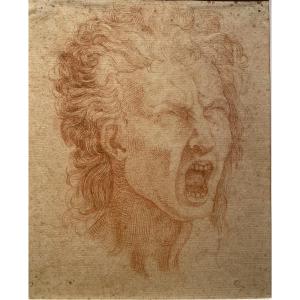






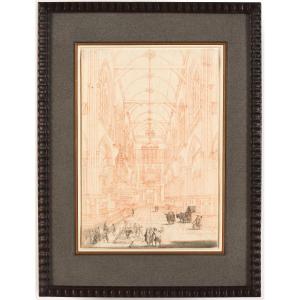
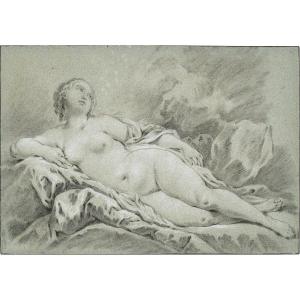
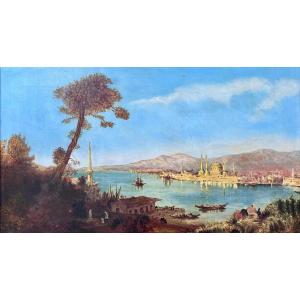





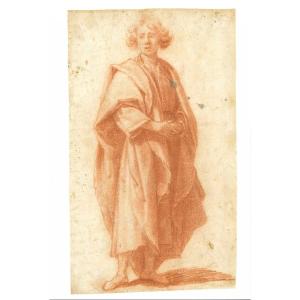
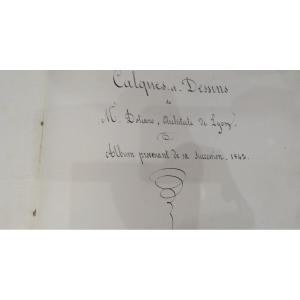




 Le Magazine de PROANTIC
Le Magazine de PROANTIC TRÉSORS Magazine
TRÉSORS Magazine Rivista Artiquariato
Rivista Artiquariato